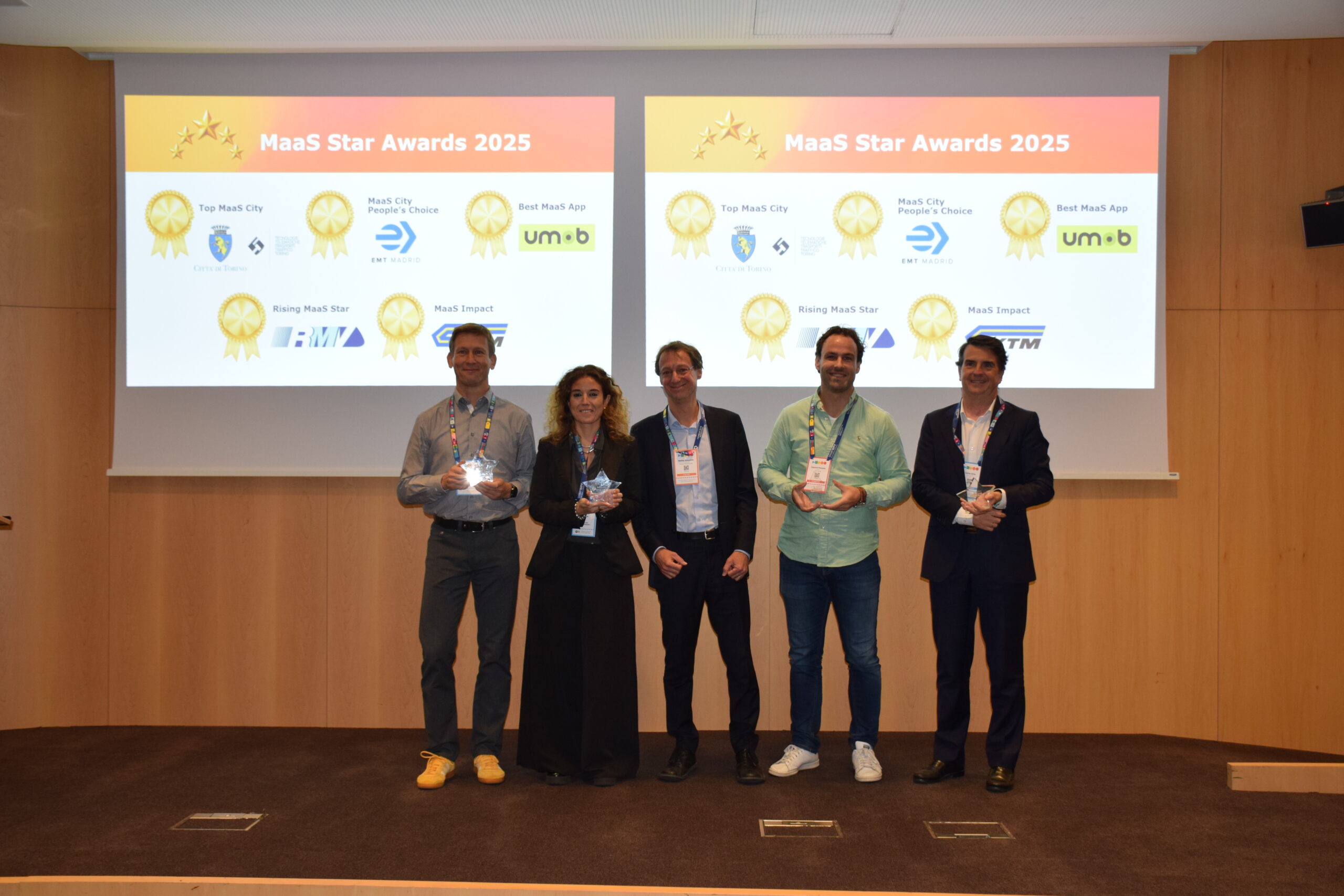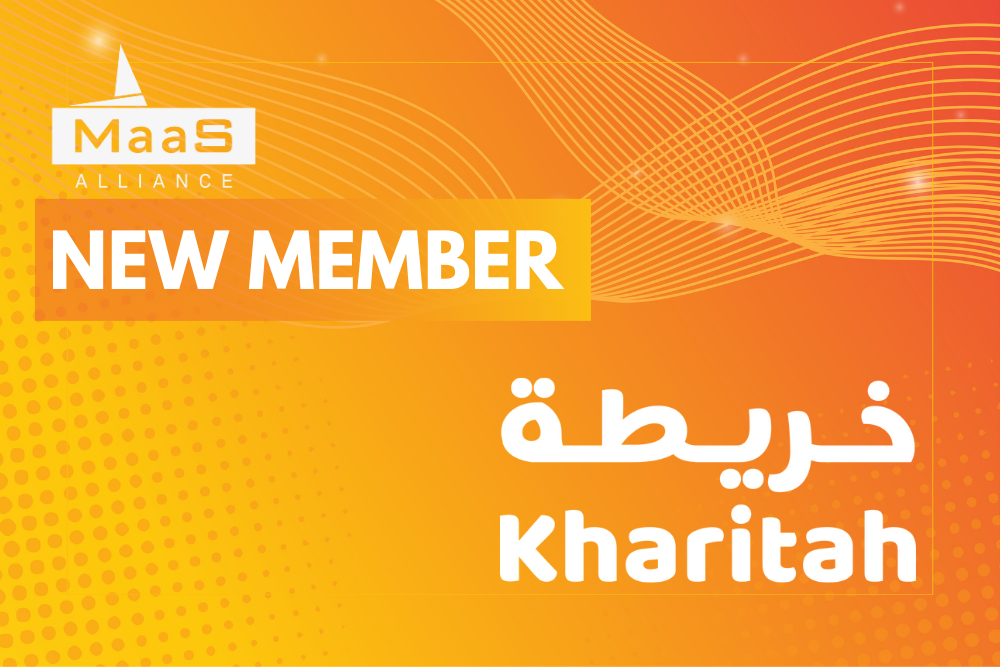
The importance of road safety is well understood, but as our travel patterns change and new forms of transport hit our streets, the problem becomes more complex. And while public education programs and traffic calming measures will make an impact, technology has a critical role to play.
Last week marked two noteworthy events for the roads and traffic industries – National Road Safety Week and the National Roads and Traffic Expo, which brings the industry together to look at key trends, technologies and policies which will shape the future of transport and travel.
Having spent two days at the Expo, it was no surprise that road safety was a key focus for attendees, presenters and vendors alike.
Every year, approximately 1200 people are killed and another 44,000 are seriously injured on Australian roads. These numbers are growing, but thankfully, the technologies and political desire to address these numbers exist.
Events like the National Roads and Traffic Expo play a key role in helping to identify the most pressing issues facing the industry and how we can work together to tackle them.
The rise of connected vehicles, vehicle automation, intelligent road infrastructure, micromobility adoption and advances in location technology, were all key areas highlighted at the Expo. But interestingly, safety formed the backdrop to many of these trends and topics.
Of note, was the NSW Government’s ‘Towards Zero’ campaign which aims for zero road deaths and serious injuries by 2050. They shared modelling which shows the potential to cut deaths by 90 per cent and serious injuries by 80 per cent by 2050. They also highlighted the role technology will play to support safer people, safer vehicles and safer roads in driving future road trauma reductions.
A key opportunity for Australia when it comes to safety is a new category of software called MaaS. MaaS integrates different forms of transport and data and makes them accessible through online applications. The goal of MaaS is to make transport as seamless, accessible, safe and convenient as possible.
For example, Intelematic’s Omniway platform uses algorithms which merge driving, cycling, walking and public transport into multi-modal trip chains. Alongside this, live data provided by state government transit authorities and private entities is analysed and integrated into journey planning. The result is greater transport choice and data available to the user allowing them to make more informed decisions about their journey – when to travel, how to travel and the safest routes to choose.
A key challenge for Australia when it comes to the adoption of new technology and road safety is its preference for traditional car ownership and use. Australia is single-mode centric when compared with European nations like Finland. Twenty-five per cent of Finns use bikes to travel to and from work compared to two per cent of Australians. Similarly, 31 per cent use public transport compared to 16 per cent of Australians.
Australia, and many other markets, are still some way from consuming mobility in the way required to make MaaS subscriptions a viable business model. An integrated MaaS ecosystem requires the support and cooperation of multiple stakeholders with diverse interests. This will slow its adoption, but at the same time, a more integrated approach to travel has the potential to improve both safety and efficiency.
To improve safety further, another strategy companies can employ is to partner with transport service providers who also prioritise safety. For example, at Intelematics, we are partnering with UbiPark who use contactless technology to reduce the risk of accidents in car parks. Similarly, our parent organisation RACV, is partnering with Lime Scooters who use training and technology as part of their Vision Zero initiative.
What is not clear right now is the impact MaaS solutions will have on our roads. By increasing access to public transport and making it easier to utilise new modes of transport, we expect the types and numbers of vehicles on our roads to diversify. This could have a positive impact on road safety, but it will take time to for this to become clear.
The desire from all corners of industry and government to address road safety was very evident this week. And the easiest way for us to get the best results is to work together. As we look to develop new technologies and policies, we need to keep an open mind and ensure we focus not just on revenue but the social impacts we can make – especially when it comes to safety.
Source: Intelematics



